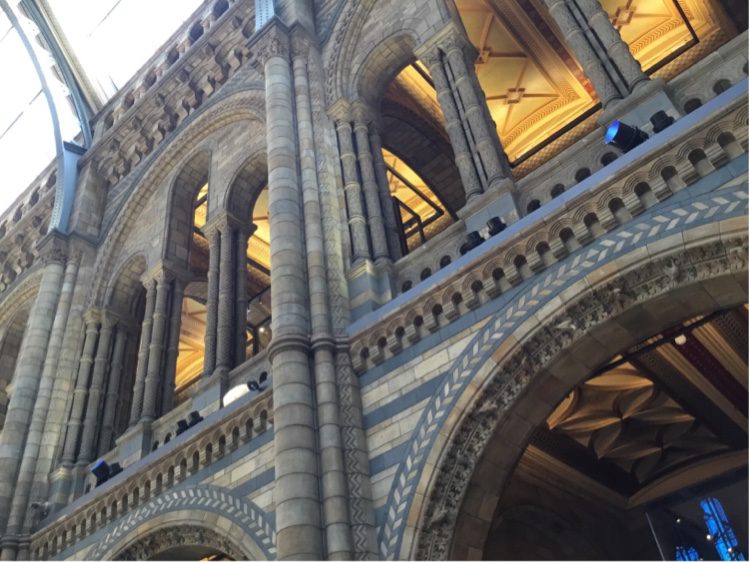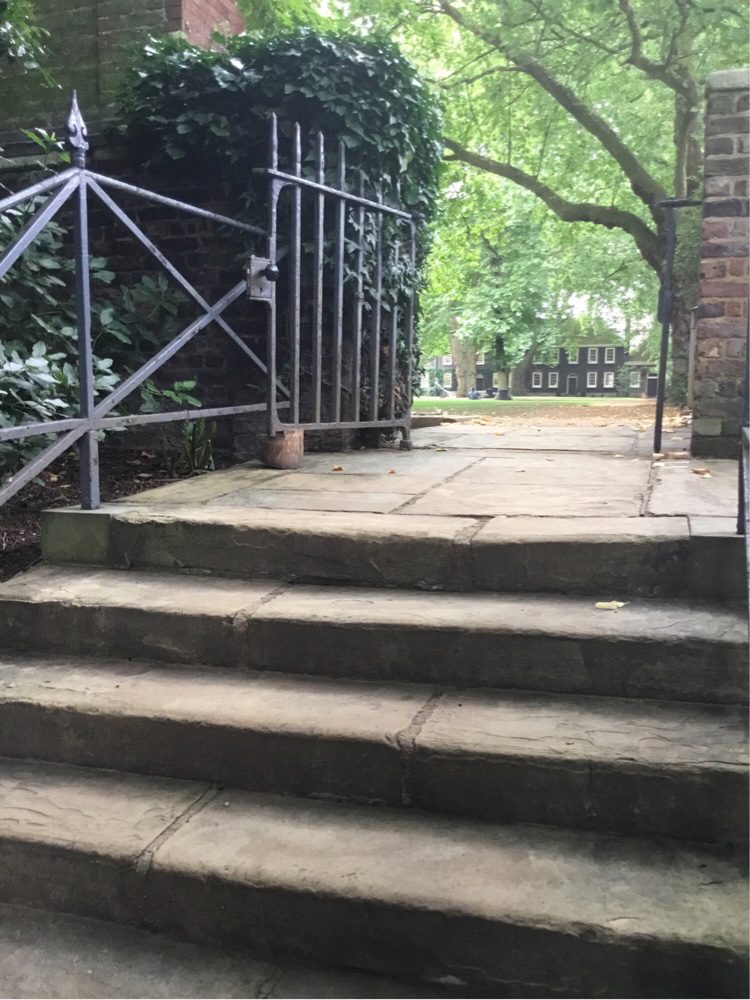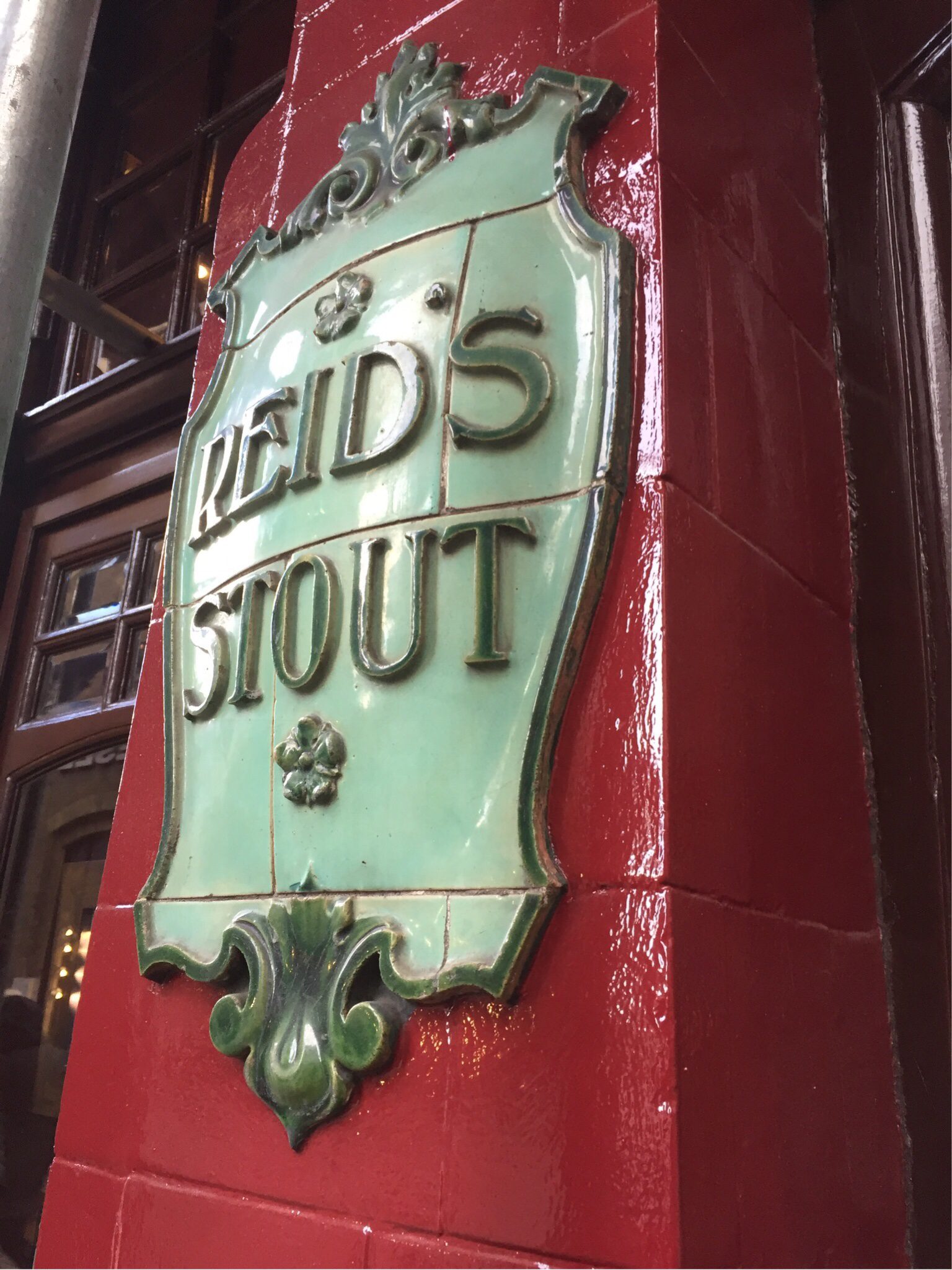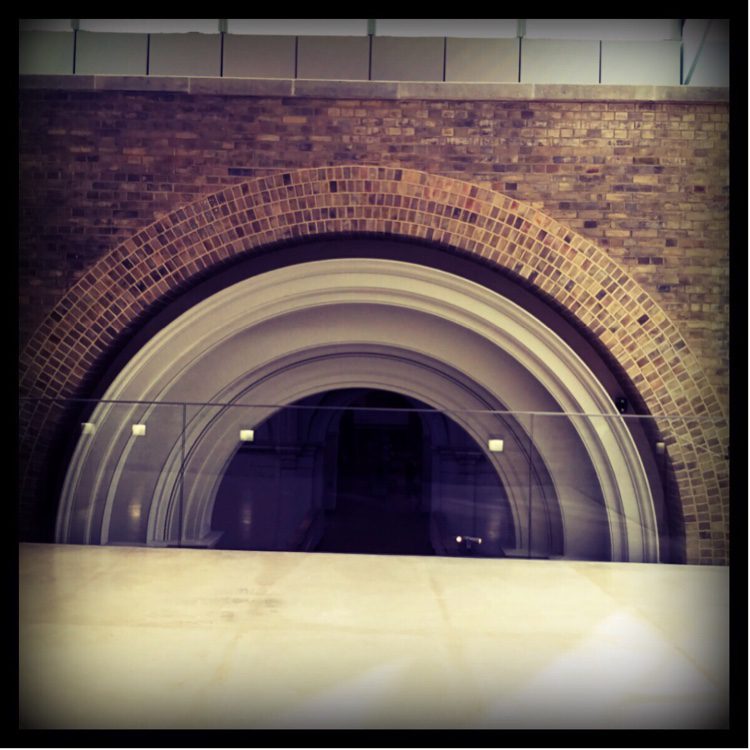The fabric of hidden London:
Seeing beyond the obvious through random wanderings.

I’m homesick. I am homesick for hidden London areas despite visiting nearly once a week. I lived there for nearly 20 years and it got under my skin.
There is something about the city that inspires me like nowhere else. I feel alive. Almost everywhere in London seems to have something to offer. Each area has a history, be it social, political or creative, and as it is such an old city that has expanded ad hoc over the centuries, there is a stunning diversity of architecture. It boasts a rich tapestry of sounds, smells, colours and people, combining an edgy seediness and classy elegance to create a city unlike any other. It is the city of extremes, full of weirdness, wonder and surprises.
When my boys were babies I took the opportunity to try and explore some of the places that I really should have visited but for some reason never had. Tourist destinations that many Londoners have never seen because it is on their doorstep and therefore there’s no rush. Stone cathedrals, hidden parks, quirky repositories of the ephemera of urban life and brutalist concrete slabs. I sought out as much as I could.
I recently found out that this behavior has a name: Urban Exploration or Urbex for short. I can now say I am ‘Urbexing’ for the afternoon. Love it! Now I have visited the obvious ‘must sees’, I like go off the beaten track and try and to find the ‘hidden’ London. There is a vast wealth of unusual and underdiscovered destinations in London, from ‘ghost’ signs to disused tube stations, old pubs and cinemas to contemporary urban art. The buidings themselves hold many hidden treasures, particularly in central London – beautiful doors, gothic carvings, elegant tiles, stunning patterns and materials – which tell a story in themselves.

Architecture in London
While this post isn’t really about architeciture it seems strange not to mention the skyline staples that rock my London. My favourite buildings include:
- St Pancreas station. A Gilbert Scott masterpiece. I think one of the reasons I love this amazingly intricate Victorian gothic architecture is that for a long time it was neglected and ignored, until the Kings Cross area of London started to become fashionable again. Now that it has been restored to former glory, it has truly become the ‘King of Bling’ on the Euston Road.
- Natural History Museum – designed by Alfred Waterhouse and built in terracotta, it’s one of Britain’s most striking examples of Romanesque architecture. I simply love spotting all the animals adorning the building inside and out.
- Victoria and Albert Museum – I simply love this place. The outside is not outstanding, although attractive nonetheless. However the interior, including ‘The John Madejski’ garden, a courtyard garden design by Kim Wilkie, is sumptuous and divine. The new wing on exhibition Road is the most fabulous juxtaposition of old and new.
- Southbank Centre – this brute of a building was built to celebrate the Festival of Britain and was described at the time as a “tonic for the nation”. I love the open nature of it. The brutalist architecture that has no pretensions to be anything other than functional. Strong, geometric lines sit in great contrast to many of the surrounding buildings.
- Imagination Building in Store Street. I have to declare a bit of bias here. I used to work for Imagination and had the pleasure of spending time in this building every day. Imagination is one of Britain’s most prestigious design companies. As the company grew they wanted to expand into two adjoining buildings and connect them with a series of transparent bridges. They covered the space between the two buildings with a translucent plastic fabric to create a huge atrium flooded with light that formed the central hub of the new buildingThe architect, Ron Heron, is a genius.
- Sir John Sloane Museum – love the inside as much as the outside. The original home of a maximalist, who used his own house as an architectural experiment, playing with materials to create effects, so the objects inside become part of the building.

The almost church like architecture of the Natural History Museum
Walking the streets
I really don’t walk as much as I should, but a regular walk I do with the boys is from the Unicorn Theatre on Tooley Street to Westminster bridge. This is a fabulous walk for kids and enables me to teach them a bit about history and architectural styles. From the Tower of London, HMS Belfast, The GLC building, Borough Market, through to the Tate Modern, Shakespeare’s Globe, The Clink Prison (Felix is always fascinated by this), along to the Southbank and the skateboard/graffiti area and then of course the London Eye and Houses of Parliament. It really captures their imaginations.
Walking through the East End is always interesting too. My maternal ancestors came from the East End, initially around Arnold Circus (descendants of Hugenout weavers) and then further out. To walk in the steps of my forebears really gets my imagination going. I wonder where they visited. Did the lean against the same walls as I do, touch the same door handles, look through the same windows? I am fascinated by this idea. Although the area is now hipster central, many of the buildings remain, some of which have been restored (and repurposed).

Steps that have been well trodden at the Geffrye Museum
Another time, Another place
What is it about London that can instantly transport you to another era? The paving slabs that are worn away, the new steps waiting to be trod. Sometimes you see a ghost sign on the side of the building and you are instantly transported to the era where there were no screens, where things weren’t quite as transient as they are today. I love to try and tease out these old elements, still present, still playing their part in the story.

Outside a pub in Covent Garden
Old and New
Although admittedly I haven’t visited everywhere in the world, it seems like few other cities can boast such an extensive marriage of old and new. The deep rooted kaleidoscopic nature of London by no means feels dated or awkward – the city has a sense of established permanence yet beats a very contemporary heart. Building work is happening all over the city, but the new structures have to fit into something much older.

Katrina Kieffer-Wells runs a garden design and build company, Earth Designs, operating in Leigh on Sea but working through the South East and London. If you would like to get in touch about a garden design in London please call us.
